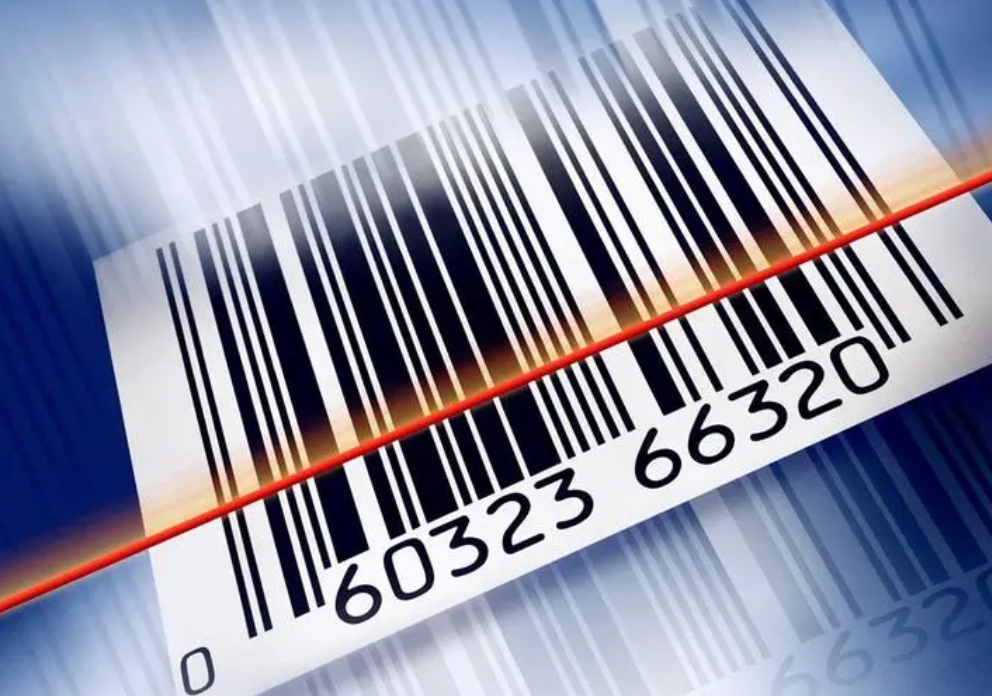Process requirements for bar code printing

Bar code printing process requirements: 1. Ink color collocation should take full account of ink color 2. 3. In order to ensure the correct reading of the bar code, the maximum diameter of the defects and stains on the bar code should be less than or equal to 0.4 times the standard width of the narrowest bar code 4. The location of the bar code symbol should be determined in accordance with the principle of no deformation, easy to read and plate making
Process requirements for bar code printing
1. Ink requirements
Ink color collocation should fully consider the color of ink, ink color on the accuracy of the bar code is also very great. Theoretically speaking, as long as the ink is used in accordance with the color ratio, it can meet the requirements of bar code printing. However, due to the defects of the printing ink, the color bias occurs. Therefore, the color of the ink should be accurately controlled, so that the ink density is uniform, hue saturation, high purity, it is best to determine whether the reflectivity of a certain ink in red light meets the requirements before printing the bar code. The luminosity and gloss of gold ink will cause specular reflection effect and affect the scanner's reading, so it cannot be used for printing bar codes. In addition, the concentration of the ink and the thickness of the ink layer should also be suitable for the requirements of bar code printing. Because the bar code printing is field printing, the reflection density of the printing can achieve is related to the optical characteristics of the ink and the thickness of the ink layer. In the printing process, the reflection density of printing is increased with the increase of the ink thickness. When the ink thickness reaches a certain value, the density then reaches the saturation state. General ink saturation density requirements for: black ink 1.8 ~ 2.0; Cyan ink 1.45 ~ 1.70; Magenta ink 1.25 ~ 1.50; Yellow ink 0.90 ~ 1.05; Other spot color ink above 0.8. Due to the differences in the printing process, the thickness of the printing ink layer is different, generally offset printing is 2 ~ 4μm; Embossing is 8μm; Flexo printing is 10μm; Gravure is 12μm; Screen printing is 30μm.
2. Requirements for substrate
When reading bar code, the scanning light source is incident at a 45° Angle, while the reflected light acquisition Angle is 15°. When the reflected light exceeds the range of 15°, the reflected light signal cannot be collected, which is equivalent to black effect. Therefore, in order to meet the characteristics of bar code scanning, the substrate is required to have good light scattering characteristics, and can not appear specular reflection. Therefore, the white matter, opacity and gloss of the paper have a certain impact on the bar code reading. In addition, should also consider the selection of good weather resistance, stable size after stress, good coloring, ink permeability is small, smoothness and finish moderate material.
3. Requirements for printing quality
Bar code symbols are the source of information for scanning and reading. In order to ensure correct reading, the printed bar code should be neat and clear, with no obvious defects and no dirty ink marks in the blank. To ensure the correct reading of the bar code, the maximum diameter of the defects and stains on the bar code should be less than or equal to 0.4 times the standard width of the narrowest bar code. The lines and blanks in the barcode after printing should have obvious contrast signals, and the reflectance of the blank should be as large as possible, while the reflectance of the lines should be as small as possible. The larger the PCS value (color difference contrast) is, the larger the contrast signal of the barcode will be and the better the readable performance will be.
4. Requirements for printing position
The location of the bar code symbol should be determined in accordance with the principle of no deformation, easy to read and plate making. It is required to be set on the right side of the main display surface of the commodity packaging or the plane connected to the main display surface, and the back of the main display surface of the commodity packaging. Considering the technical characteristics of printing, the direction of the bar code should be corresponding to the direction of printing, so that the printing deformation can only be displayed in the longitudinal position of the bar code, so as not to affect the accurate reading. Due to the differences in packaging methods and characteristics, the barcode printing position is also different. General box-type packaging bar code printed on the lower right side of the box; Canning and bottled packaging bar codes should be printed on the lower side of the label, but the surface curvature of the bar code symbol should not exceed 30°; The bar code of barrel packaging is best printed on the side of the barrel, if the side can not be printed, the bar code can be printed on the lid, but the lid depth can not exceed 13mm; Bag-like packaging has a bottom and the bottom surface is larger, the bar code can be printed on the bottom surface or printed on the back of the lower center; Bar codes are usually printed on the back cover or the lower left corner of the cover, and the direction of the line is parallel to the spine of the book. To sum up, bar code as a kind of data input technology and automatic identification technology, widely used in commodity packaging, it plays an important role in the production, sales, storage and inspection of commodities, communication information. Therefore, the correct understanding and understanding of bar code knowledge and printing bar code is an important part of packaging printing.